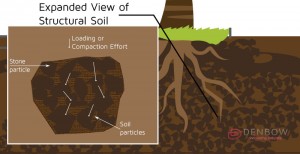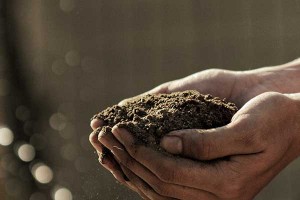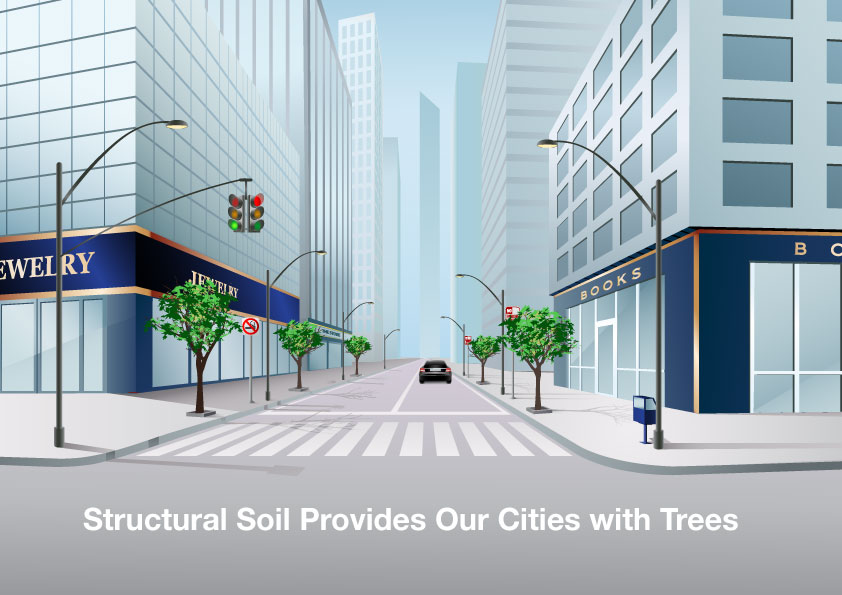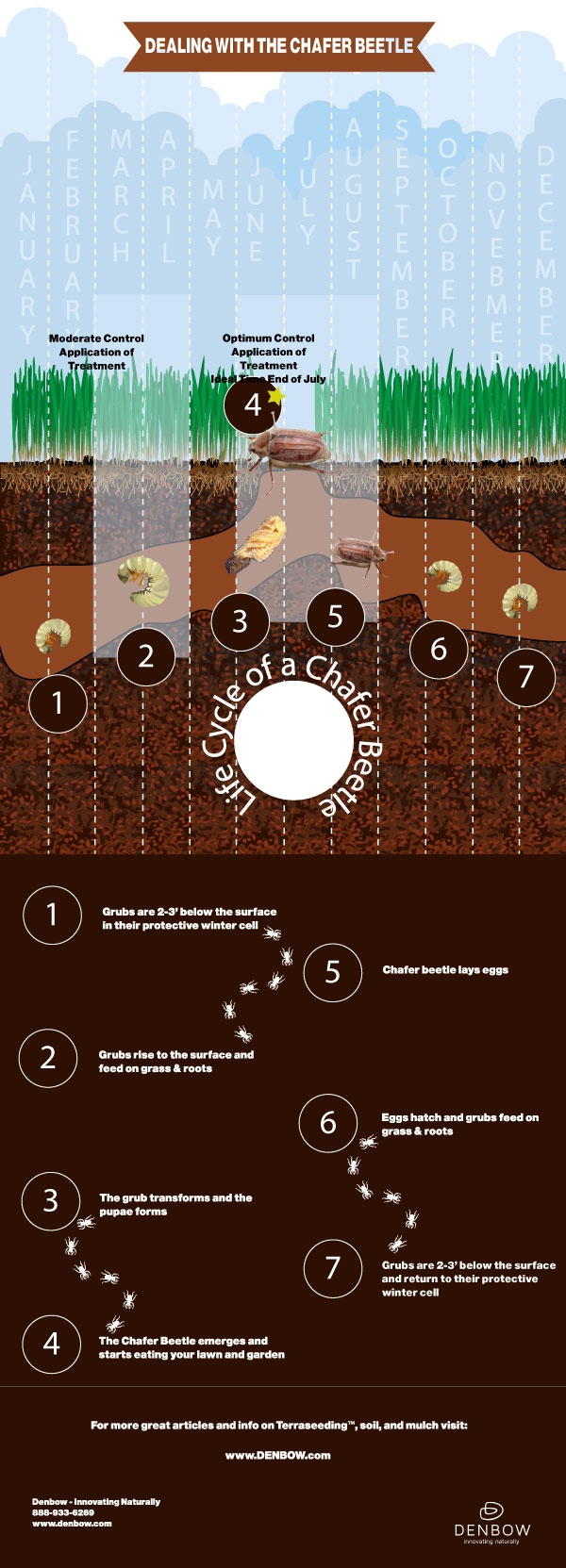Archive for year: 2017
BC Wildfires – helping our northern neighbours
/0 Comments/in Announcement, Community, Corporate News /by Tanya RichardsStructural Soil for Urban Trees
/0 Comments/in Green Infrastructure, Landscape, Soil, Sustainable Development /by Tanya RichardsStructural Soil for Urban Trees
Currently most urban trees are planted directly into existing compacted urban soil or tree pits with limited root space. Trees that are planted in areas surrounded by paving tend to struggle for air space and usually decline well before they should. Where soil volume is limited by pavement, tree roots suffer and tend to take the path of least resistance searching for air, usually in and around pipes, foundations, or to the surface. Healthy trees need a large volume of non-compacted soil with adequate drainage and aeration and reasonable fertility.
While the need and desire for large trees in the urban landscape still is the desired intent, the trees do not survive long enough to fill the need. Not planning for root growth is ignoring the biological requirements of trees and is not economical or environmentally prudent. The failure to provide adequate soil for both drainage and root growth is critical to the life of the tree and without an engineered soil specific to this application, trees have a shortened life span and may die. Ensuring a good supply of air to the tree roots is essential for satisfactory tree growth, however in urban situations, the movement of air into the soil is often restricted. By providing additional root space below the pavement in what otherwise was compacted urban soil, Structural Soil can allow most newly planted trees to have a chance for healthy growth. This mix consists of 80% 75 mm angular clear aggregate and 20% approved sandy clay loam. The aggregates bear the load, providing the structural stability for the pavement above. The angularity of the rock create for the non-compacted soil, providing space for air, water and nutrients the roots, as well as provide for future root expansion. Engineered structural soil provides a resource for root growth beyond the traditional tree pit, allowing for much stronger root growth and ongoing tree health. 
Denbow has been providing structural soil to many municipalities within the Greater Vancouver and Fraser Valley area. These departments use Denbow’s manufactured soil to allow city planners and engineering departments to add trees for the health and beauty of urban communities.
Contact Denbow’s soil experts today to find out more about how structural soil can work in your city or municipality.
Save
Save
Proper Soil Testing Methodology – Ask Tom
/0 Comments/in Construction Landscape Journal, Environment, Soil, Sustainable Development /by Tanya RichardsSave
Best Types of Compost for Landscaping – Ask Tom
/1 Comment/in Corporate News, Landscape, Landscape Journal /by Tanya RichardsBest Types of Compost for Landscaping – Ask Tom
What types of compost for landscaping?
There are a number of beneficial composts available for the local landscape projects, and the choice should depend on what the compost is being used for.
So what are the best types of compost for landscaping? There are composts in the marketplace that are specifically based on mushroom manure which is plentiful in our area. Mushroom manure can be useful but it can also be overused. Clean green compost, which is made of clean green waste and debris, is one of the more pristine composts in our marketplace. Other large sources of municipal compost are available and; those are appropriate for certain uses, typically larger remediation and possibly landscaping.
How do you know you’re getting good compost?
Good-quality compost has a number of characteristics. It’s usually brown and black in colour, but the colour is just one benchmark. The compost should have a reasonably good earthy smell, not an overly rotten smell like manure. Also important is the supplier should have an analysis available. Quality suppliers will regularly have their product tested and have soil analyses available for the end user.
Why is compost an important part of the soils being used?
 Compost-based soils made with clean quality compost should be the top choice for landscape projects.
Compost-based soils made with clean quality compost should be the top choice for landscape projects.
Compost is the important organic matter that helps the soil to function in a number of ways. It provides water-holding and nutrient capacity, providing for overall plan health.
Be selective when specifying or purchasing manufactured or engineered soils; for many projects, the best or only opportunity to provide plants or seeds with the best nutrition is during the initial installation.
Check out Denbow’s quality soil supply that Tom has helped to develop.
Save
9 Benefits to Using Compost for Erosion and Sediment Control
/0 Comments/in Environment, Erosion Control, Municipal and Infrastructure Journal, Sediment Control, Slope Stabilization, Stormwater Management, Sustainable Development /by Tanya RichardsWhat is Structural Soil and Why is it Good for Trees
/0 Comments/in Construction Landscape Journal, Corporate News, Green Infrastructure, Landscape, Municipal and Infrastructure Journal, Soil /by Tanya RichardsWhat is Structural Soil Why is it good for Trees?
Why is structural soil effective?
Structural soil is a type of soil mixed with a specific type of gap-upgraded rock (typically 75mm clear). This is a very important part of the specification; the reason structural soil works well is that the gaps created by the rock are then filled with soil, enabling penetration by tree roots. This penetration allows the tree access to a larger space underground, and has the double function of preventing the tree roots from lifting up the hard surface, i.e. the sidewalk that is on top.
How does the structural soil get tested?
The testing of structural soil is essentially a three-part process. The soil must be tested separately. The rock must be tested and sourced with a specific sieve size attached to it to determine that it is in fact a clear rock and not a minus rock. With a minus rock all of which would be filled and therefore the soil would be effective.
There is also a stabilizing compound that is used with structural support to help the soil adhere to the rock. The specifications for this material would come directly from the stabilizer supplier; there are more than one of these.
Who can make structural soil?
Like any engineered soil, structured soil is a technical process which is best done by people who understand all the specific components and have all the components readily available with testing and prior knowledge. Making good structural soil to specification is an extremely important endeavour. Structural swell that is not up to specification is a very difficult situation to remediate once it’s already in the ground.
If you enjoyed this edition of “Ask Tom” please share with your friends!

Life Cycle of the Chafer Beetle
/1 Comment/in Construction Landscape Journal, Corporate News, Environment /by Tanya RichardsLife Cycle of the European Chafer Beetle
The European chafer beetle originated in continental Europe but is now an invasive species found in temperate climates in North America, where they are often called June bugs. The large grubs of the chafer feed on the roots of both wild and cultivated cool-latitude grasses, which has made them a critter-non-grata on North American lawns.
Knowing the beetle’s life cycle can help you defend your lawn against an infestation. Read on to find out more.
The chafer’s life cycle
The chafer’s life cycle is one year. The imago (adult) stage is only 1–2 weeks long, with adult beetles growing to approximately 13–14 millimetres (0.51–0.55 in) in length. The adult chafers emerge from the ground in late spring and mate in large swarms, usually on shrubs and low trees. They are most active on warm, clear nights when the temperature is over 19C (66F). The beetles come out of the ground at about 8:30 pm, mate through the night, and then return to the soil before the sun rises; they may return to the trees to mate again several times over the mating period.
Female chafer beetles lay between 20–40 eggs over their lifespan; the eggs are laid about 5–10 centimetres (2.0–3.9 in) deep in moist soil, and then take 2 weeks to hatch. The grubs hatch by late July. In frost zones, the grubs feed until November and then move deeper into the soil. In frost-free areas, however, the larva feed all winter. Intense feeding occurs from March through May. Then, in early June, the grubs move deeper again, from 5 centimetres to 25 centimetres (2.0–9.8 in), where they form earthen cells and pupate. The pre-pupal stage lasts 2–4 days and the pupal stage lasts 2 weeks. By June, the new beetles begin emerging from the ground.
Beware other critters, too
Not only do the larvae feed on roots, wreaking havoc on lawns, but they attract local fauna like crows, foxes, and raccoons, who dig up the grass in search of the grubs. So, in addition to root damage, homeowners also have to worry about destruction caused by larger creatures.
Why is it important to know about the life cycle of the Chafer beetle?
Knowing the life cycle of the Chafer Beetle helps illustrate is when the beetle is most susceptible to treatment which will help exterminate the pest. The beetle’s most susceptible time is when it is the egg form in late July. Although treatment can help in early times in the season, July is the most optimal time to apply your treatment. It’s also important to note that treatment should not be a one time thing.
In order to ensure the treatment and the extemination of the beetle, it is recommended to apply multiple treatments to your lawn or garden.
We hope you enjoy the article and download the infographic (at the bottom). If you liked it, please feel free to share!

Check out the infographic here

